Casement Windows
Energy-Efficient Casement Windows
Form and function. These versatile windows offer clean lines of a picture window, but open out to a full 90 degrees with just a turn of the handle for easy cleaning. Order this versatile style individually, mulled, or as part of a bay or bow unit. Get the ultimate in ventilation and security with casement windows.
Casement windows are a popular option in bay and bow configurations.
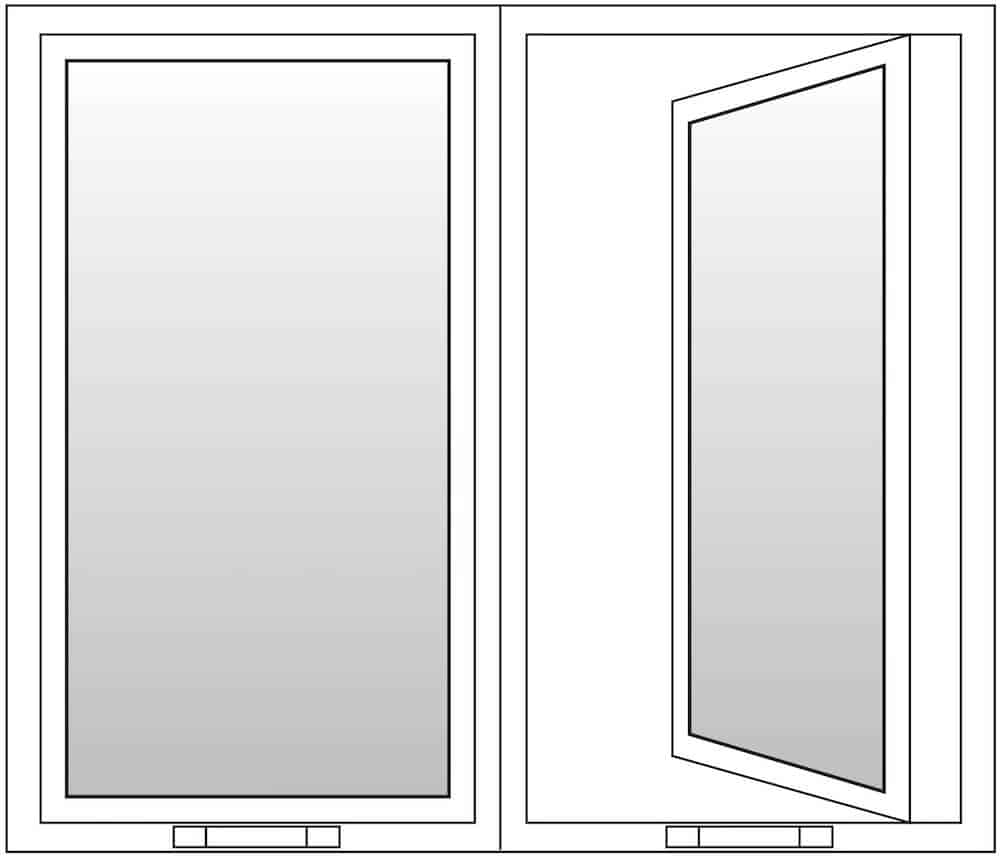
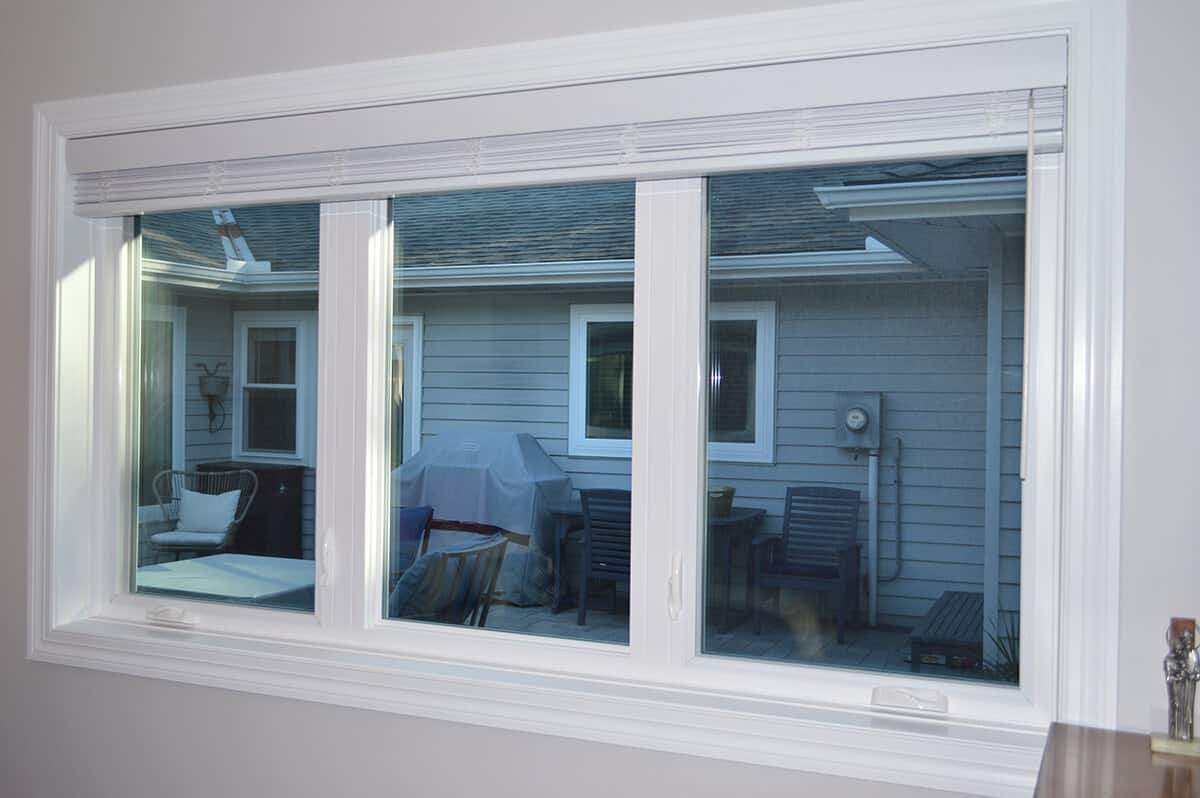
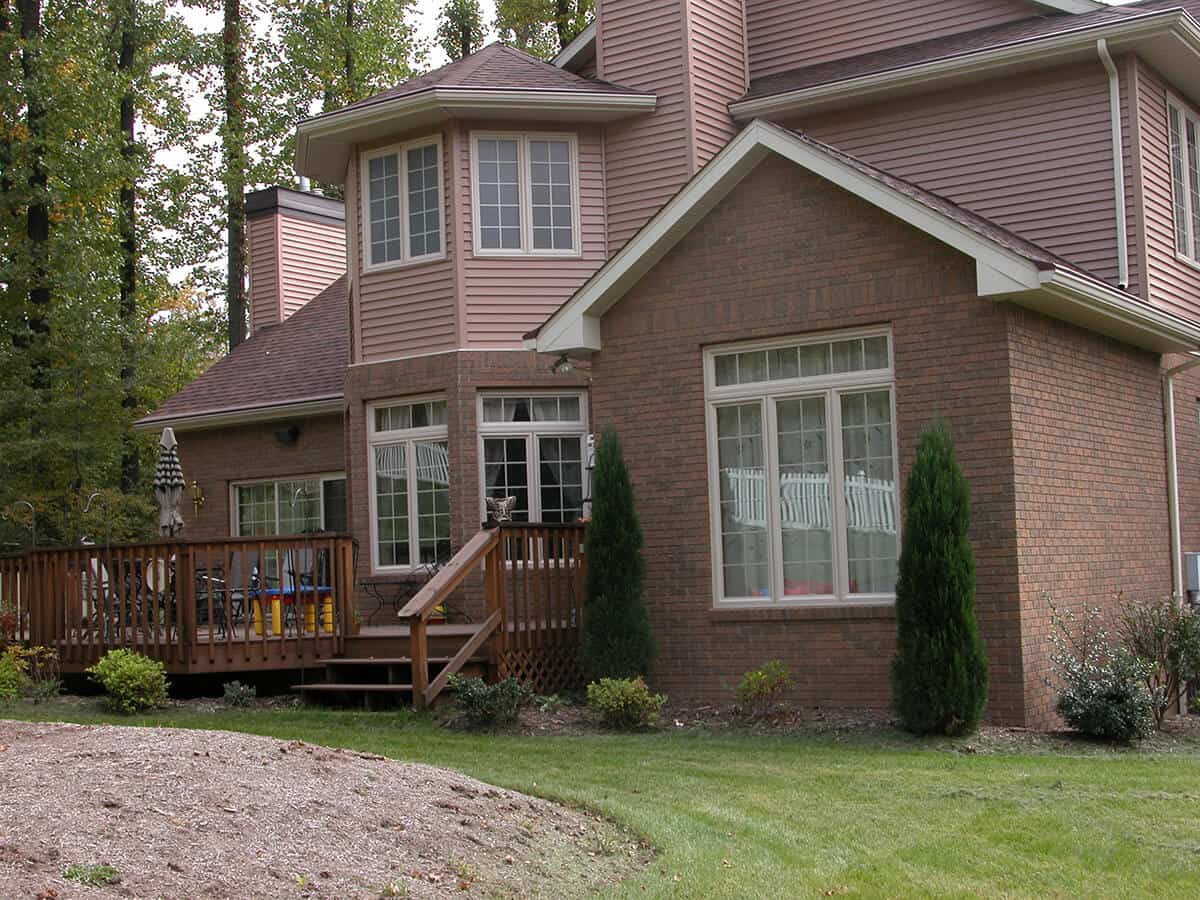

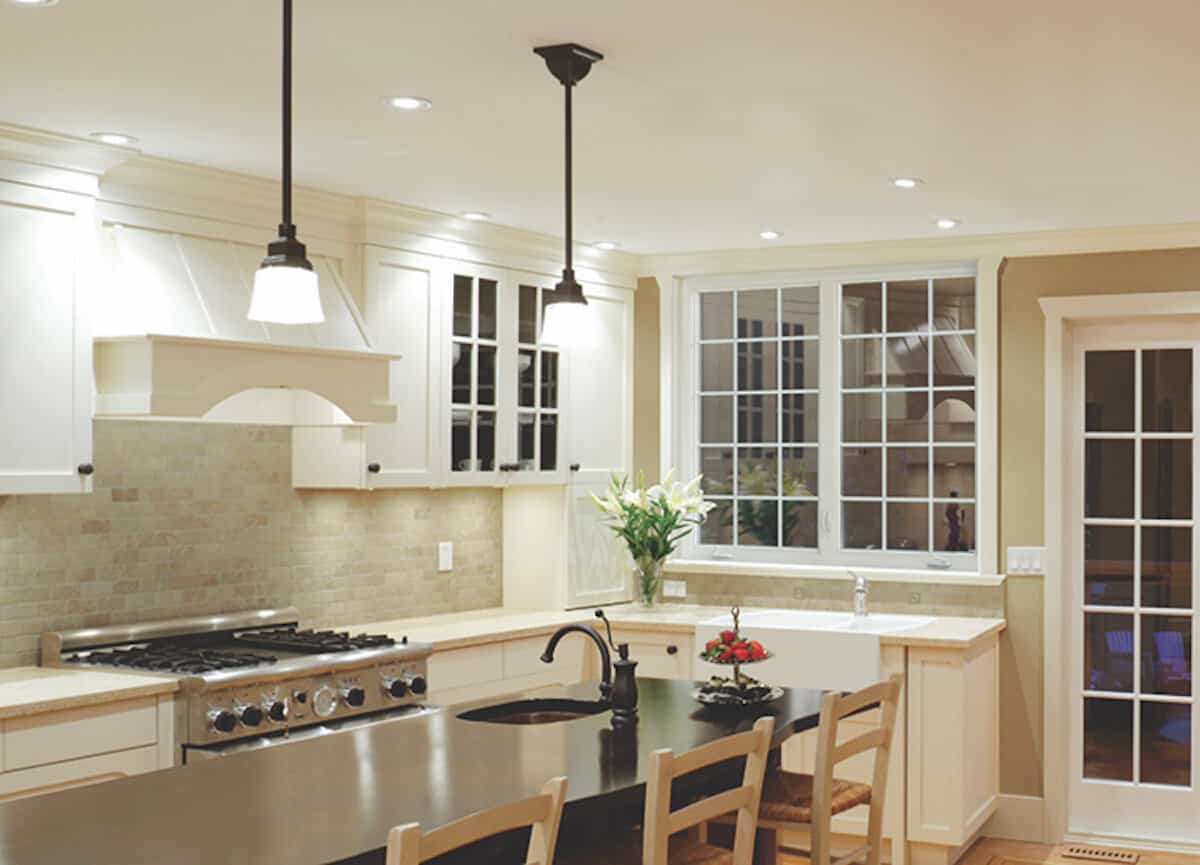

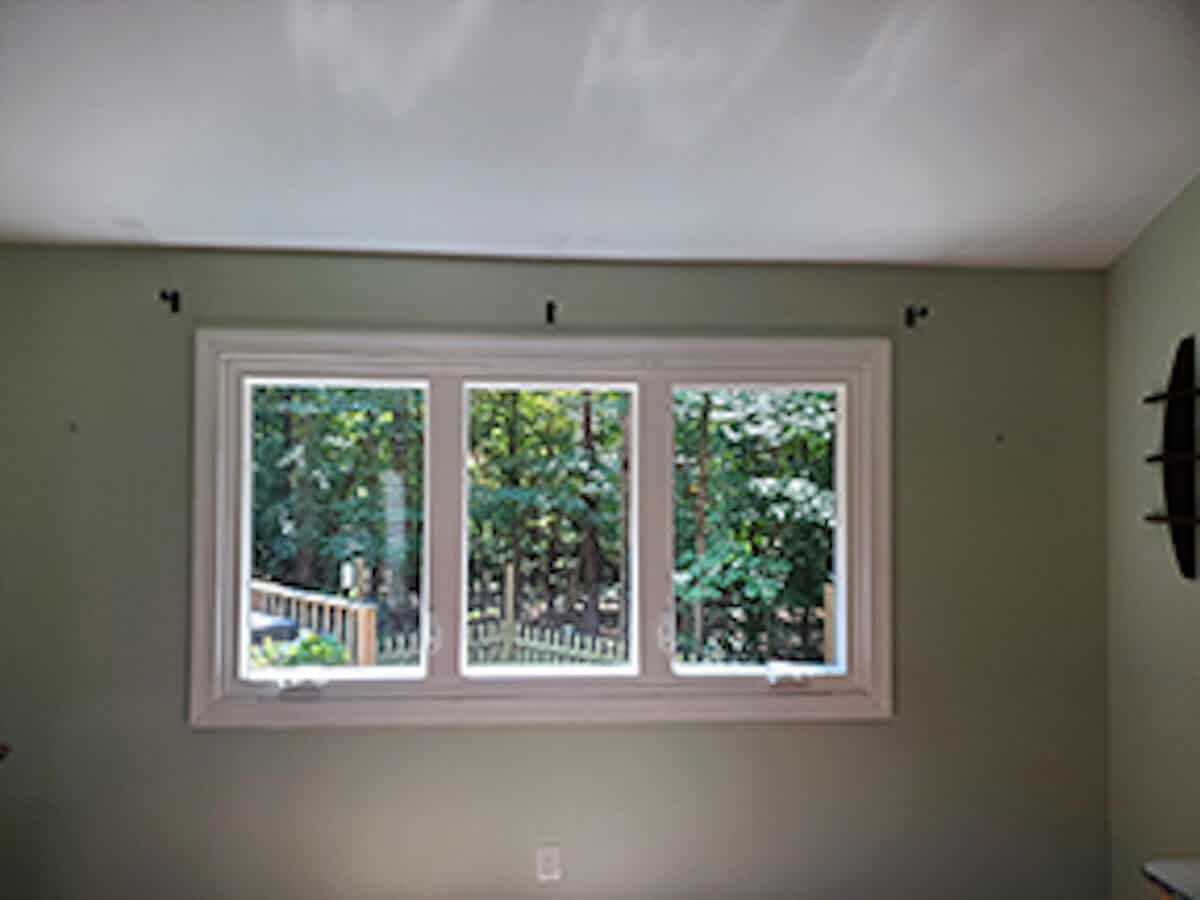
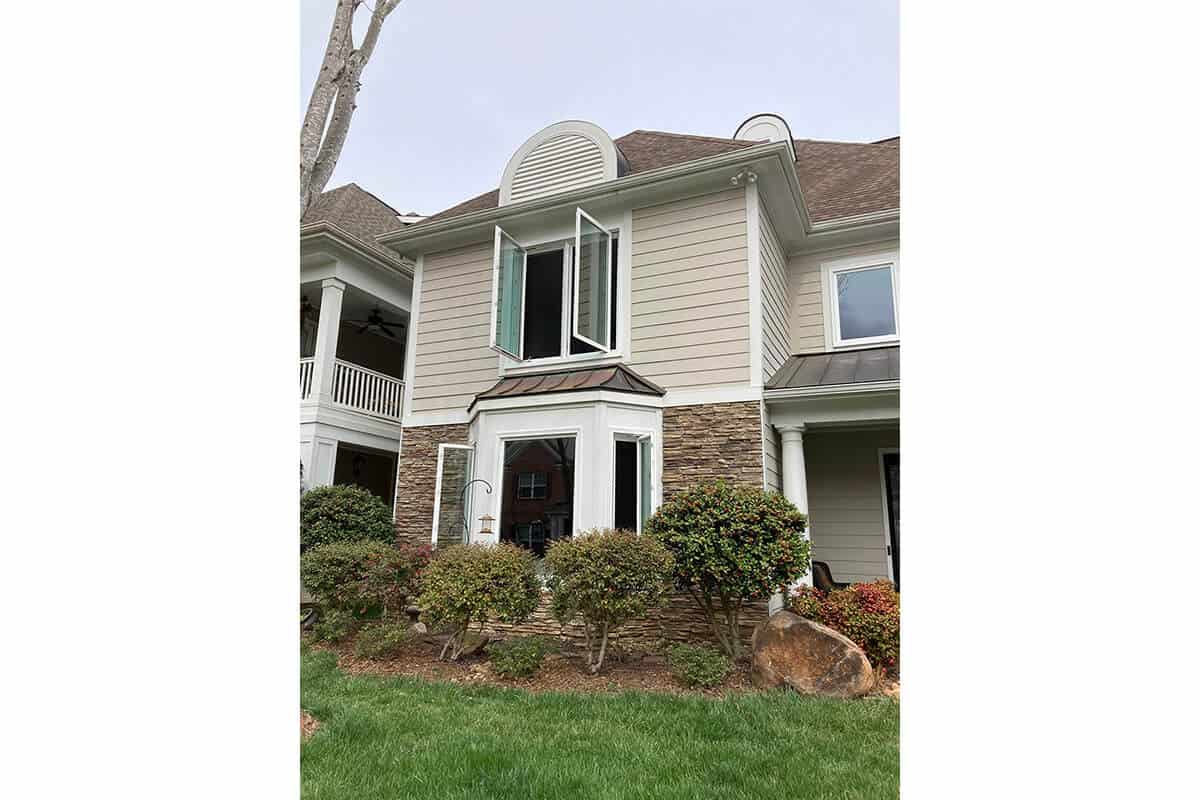
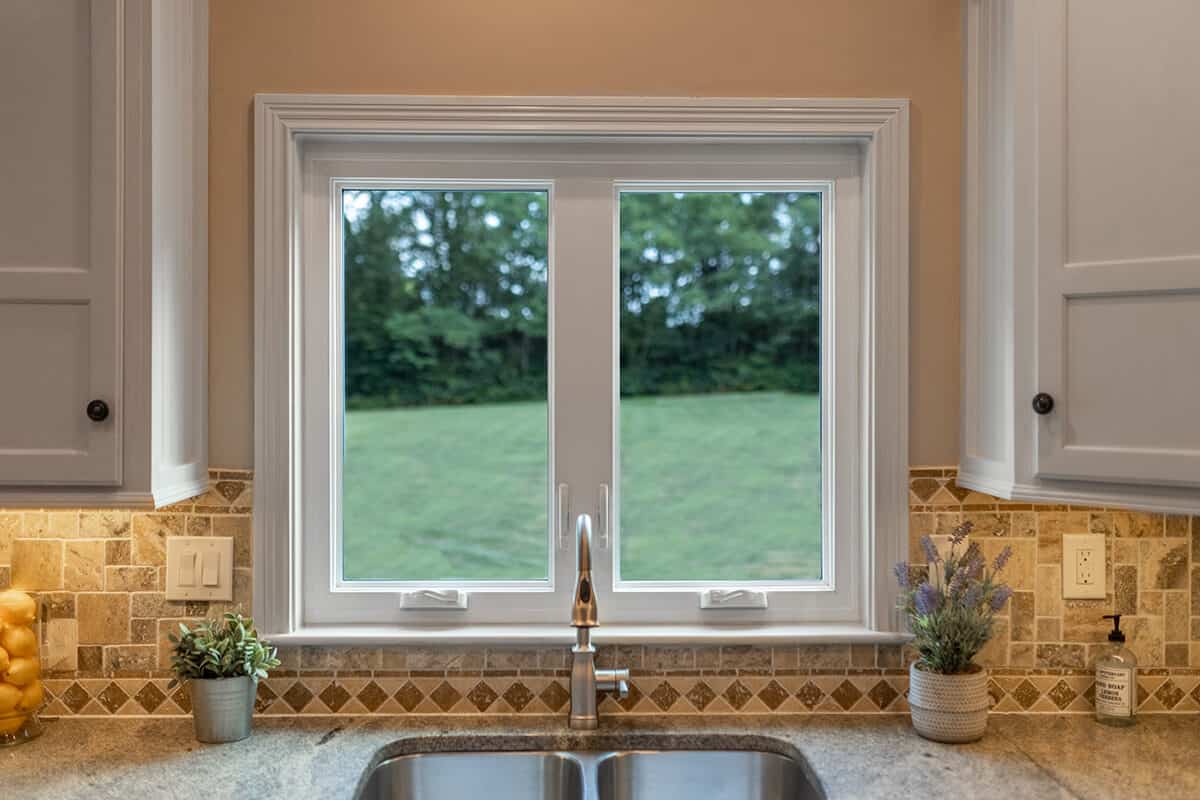
HARDWARE
COLORS
GRIDS
SCREENS
GLASS
MORE
HARDWARE
Casement locks fold flat and are made of low-profile, corrosion-resistant steel and nylon locking rollers that engage sash keepers to ensure a sleek recessed look and provide enhanced beauty, exceptional strength, security, and a weather-tight seal. We offer a variety of finishes on various product lines.
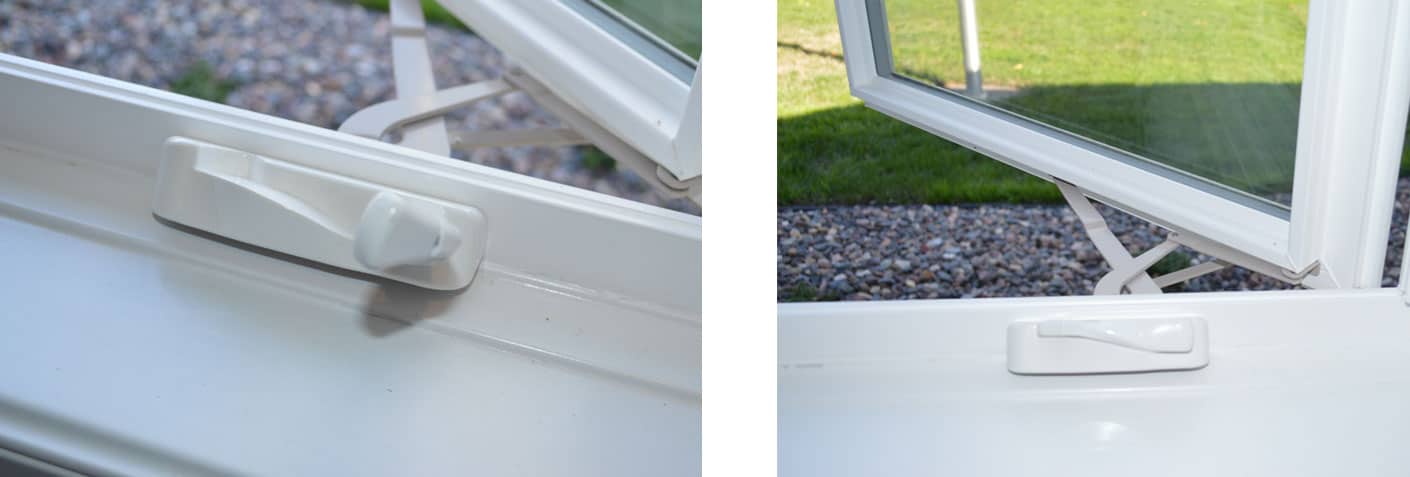
- The single-lever fold-down lock handle engages easily and activates multiple lock points for security. The durable cranks and hardware ensure effortless operation.
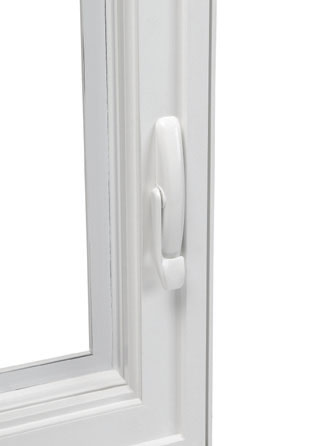
- Corrosion-resistant steel locking claws smoothly engage in self-lubricating keepers, ensuring a secure, weather-tight seal.
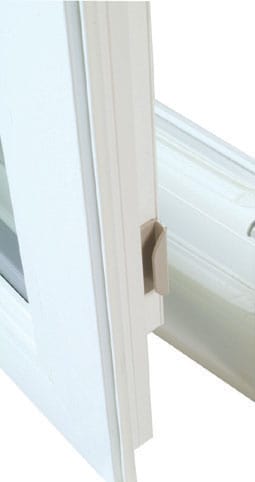
- Egress hardware is optional. Available in 2-, 3-, and 4-lite configurations.
COLORS
All colors are dependent on product line
GRIDS
Available in an array of grid patterns
SCREENS
- FlexScreens are not available on casement windows.
- BetterVue Screens feature invisible retention hardware that eliminates unsightly screen clips. Available on some product lines.
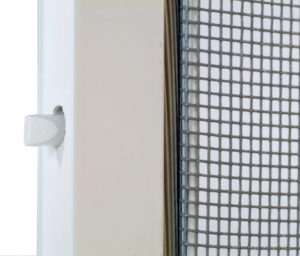
GLASS
- Available in an array of glass styles and strengths.
- Spacers dependent on product line.
MORE
- ENERGY STAR® qualified with high-performance glass packages

What people say?
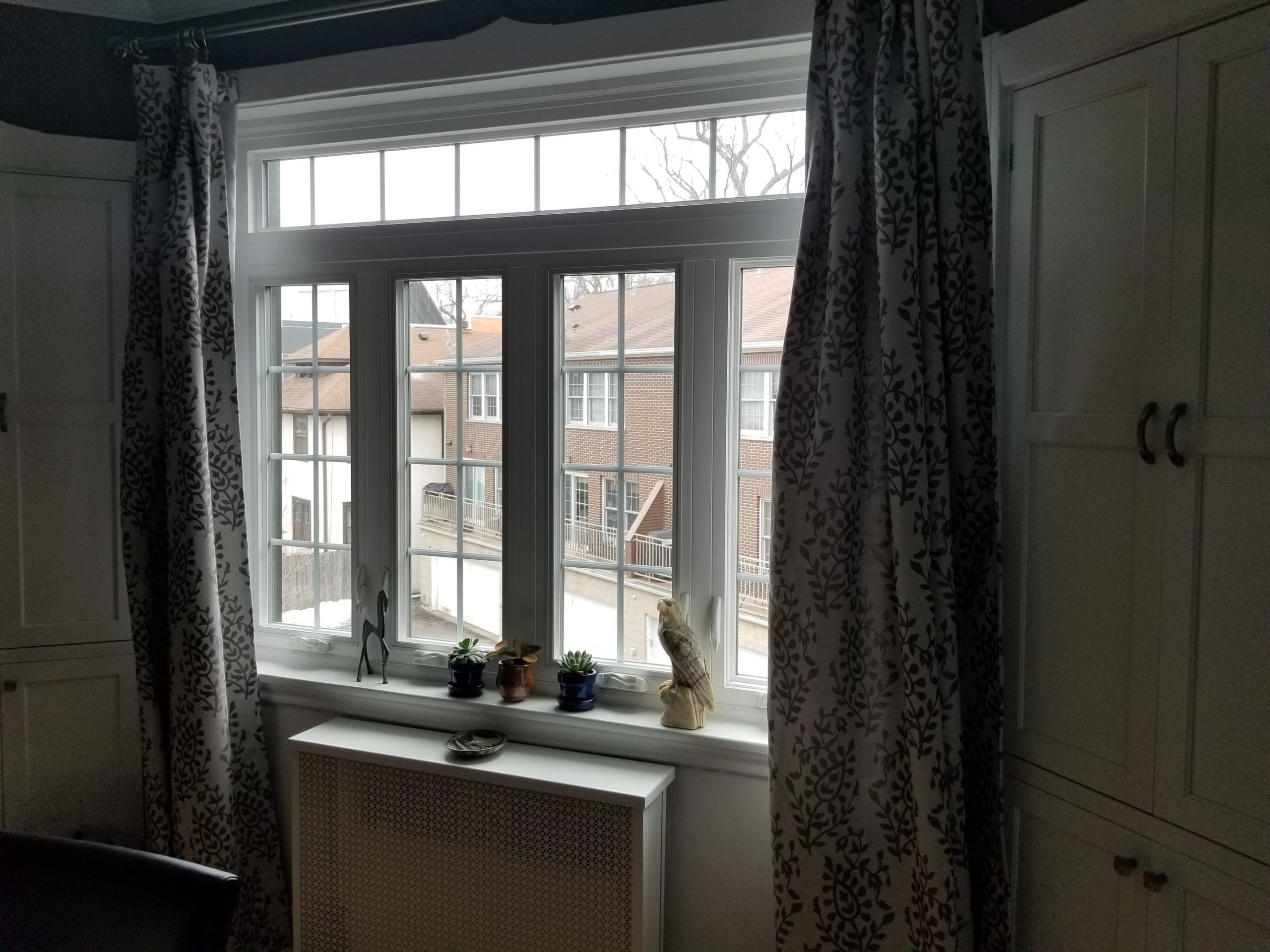
Read More
I LOVE my new Soft-Lite windows! They are so easy to operate and clean AND they look AMAZING!
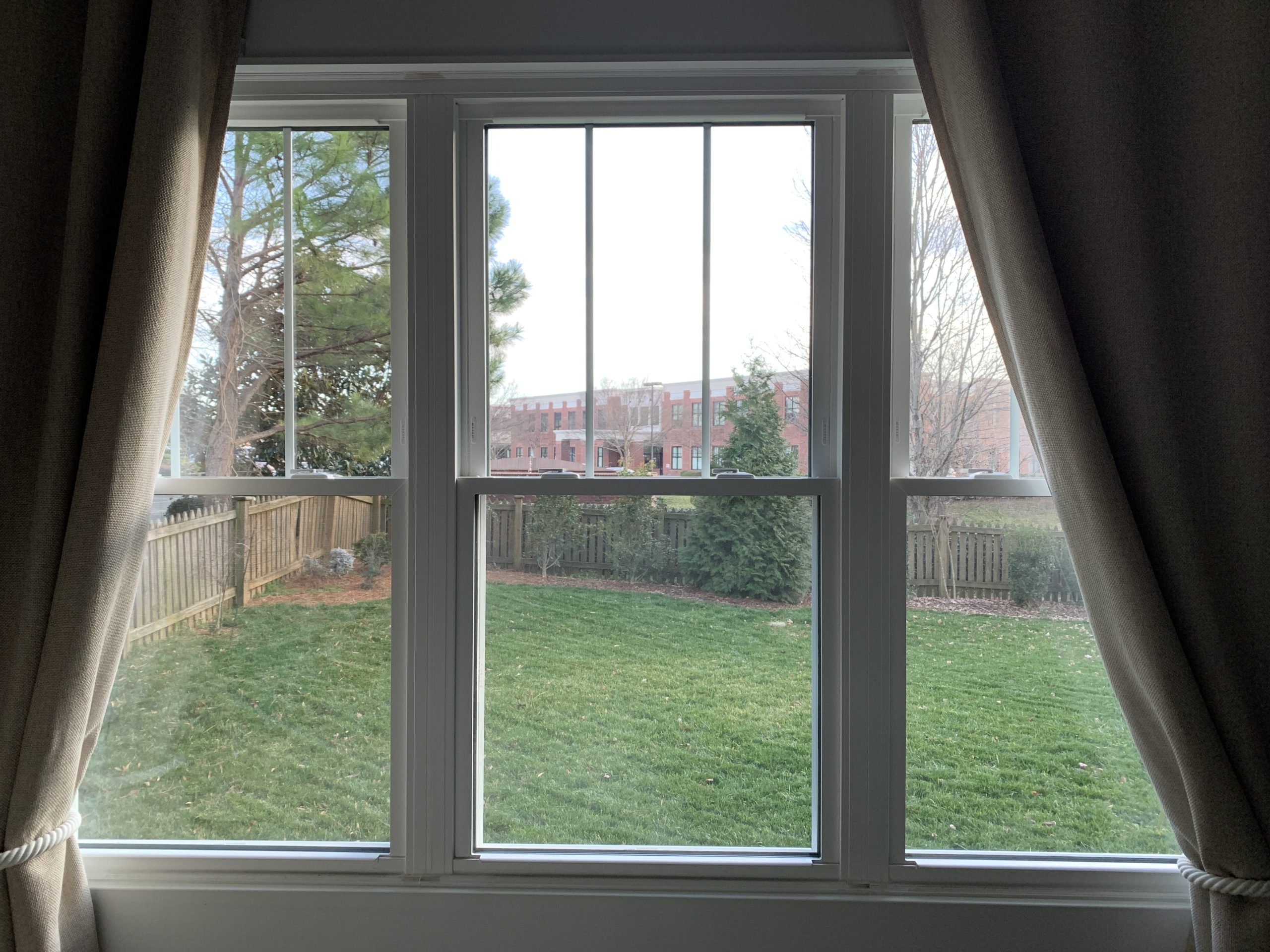
Read More
These windows are far superior to what we had and the other windows we have in the house in terms of energy efficiency and quality.
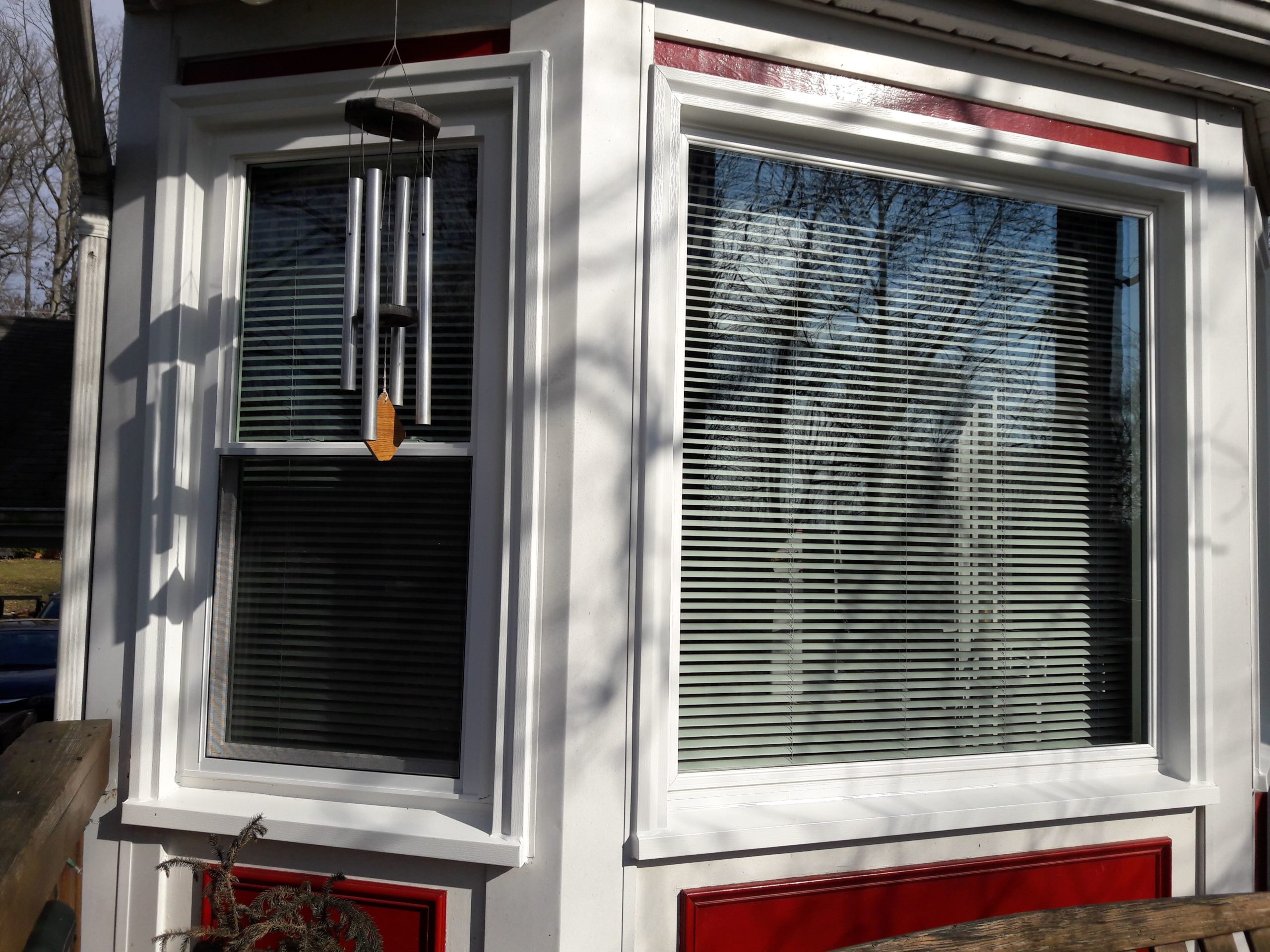
Read More
We are very happy with our new windows. They are easy to open and clean and they close and lock securely with very little effort. No more drafts!
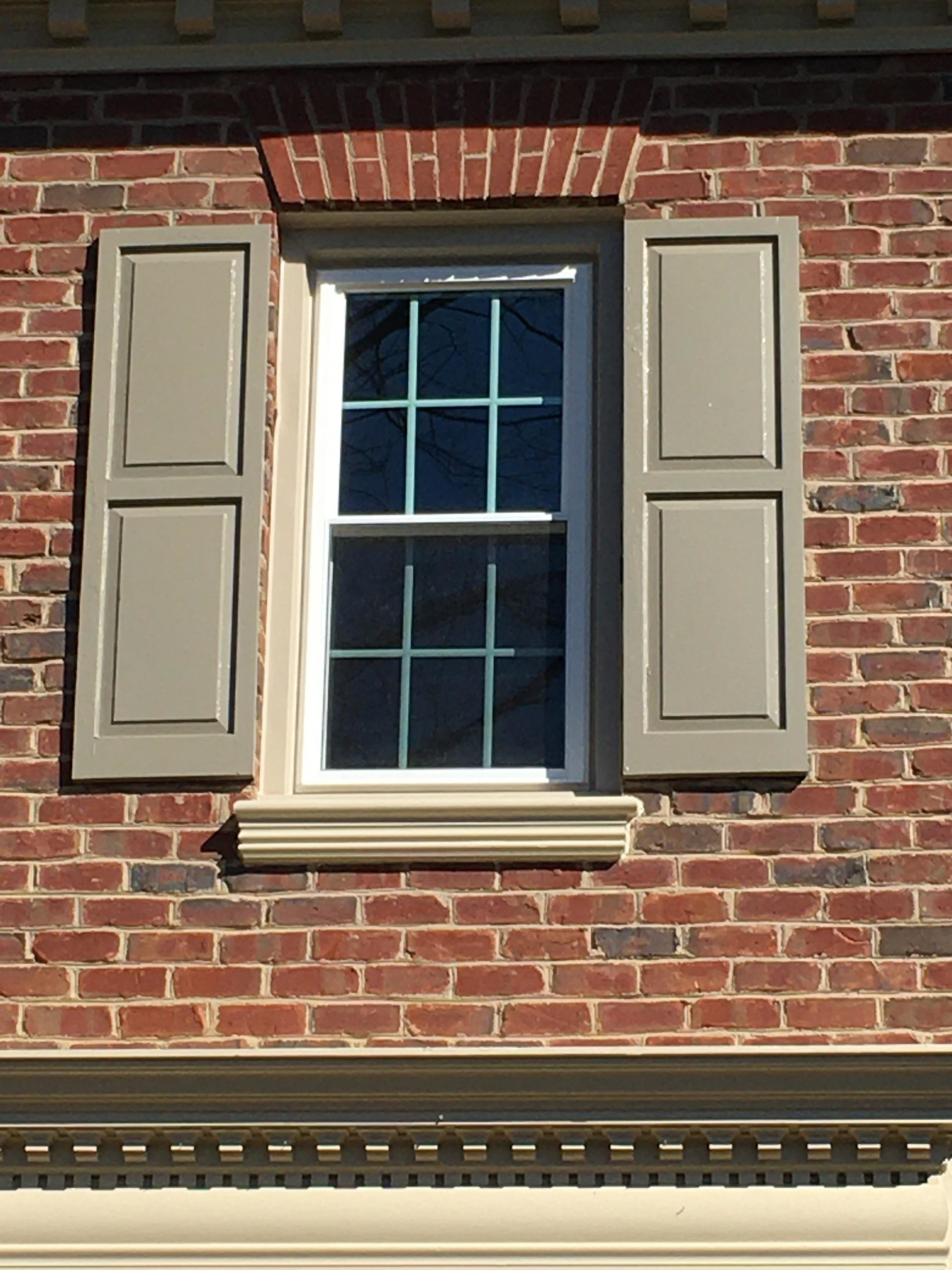
Read More
The windows look great and I can already tell how well they are working. The house is no longer drafty. I really like how easy they are to open and tilt for cleaning. My only concern is how we will install blinds as the replacement window frame leaves a very shallow space for mounting the blinds.
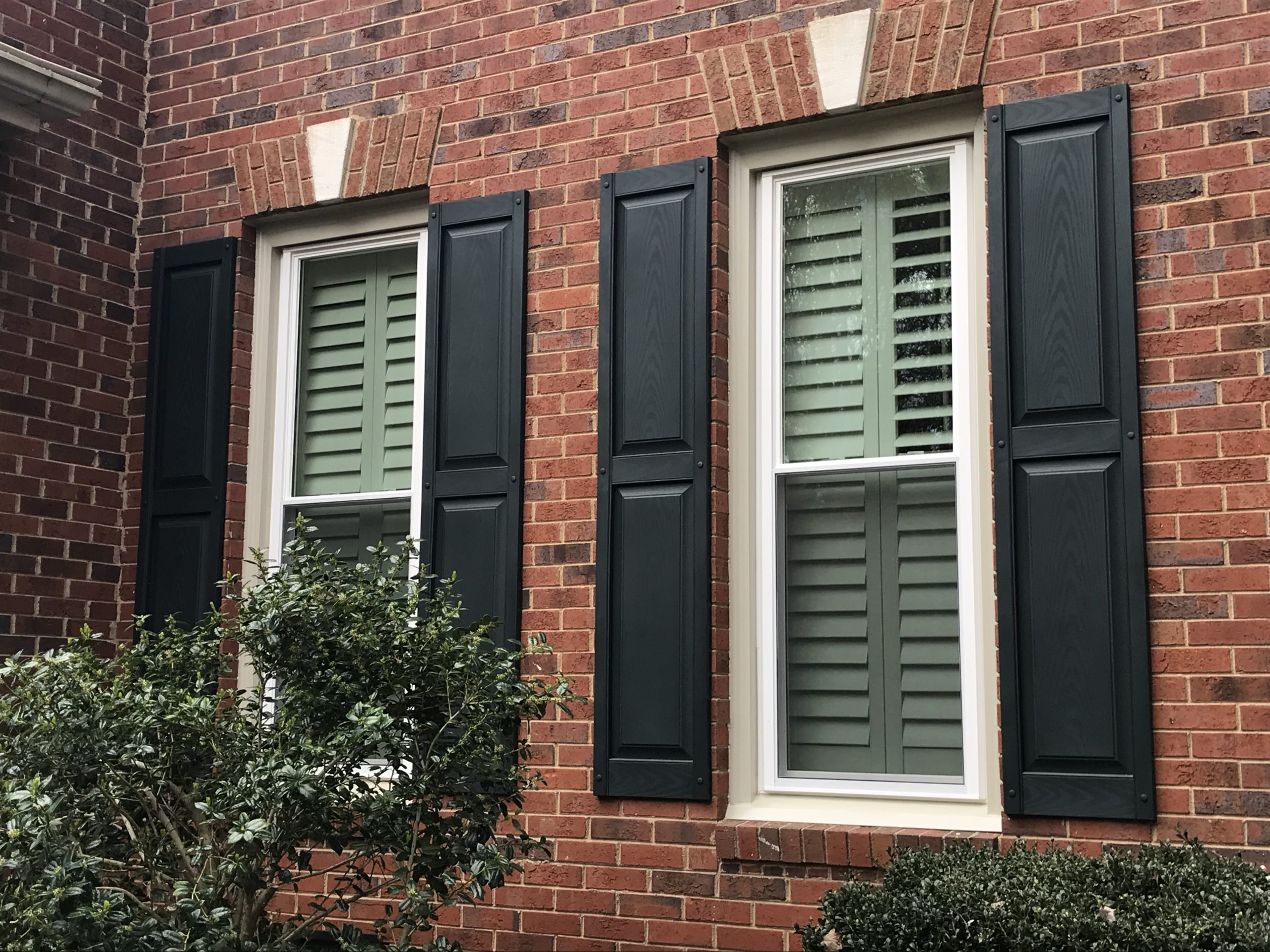
Read More
Our dealer in NC did a fantastic job representing themselves and Soft-Lite windows. The windows look great, and have a slightly larger glass area than other lines we considered, which was important to us. I would recommend Soft-Lite to anyone researching vinyl windows. Excellent value.


 Single Hung
Single Hung
 Double Hung
Double Hung
 Casement
Casement
 Picture/Shapes
Picture/Shapes
 Sliding
Sliding
 Awning & Hopper
Awning & Hopper
 Bay & Bow
Bay & Bow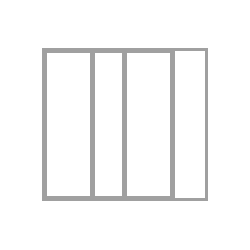
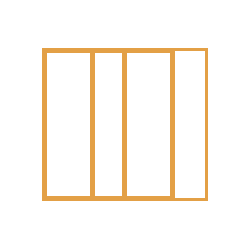 Sliding Patio Doors
Sliding Patio Doors
 Entry Doors
Entry Doors






